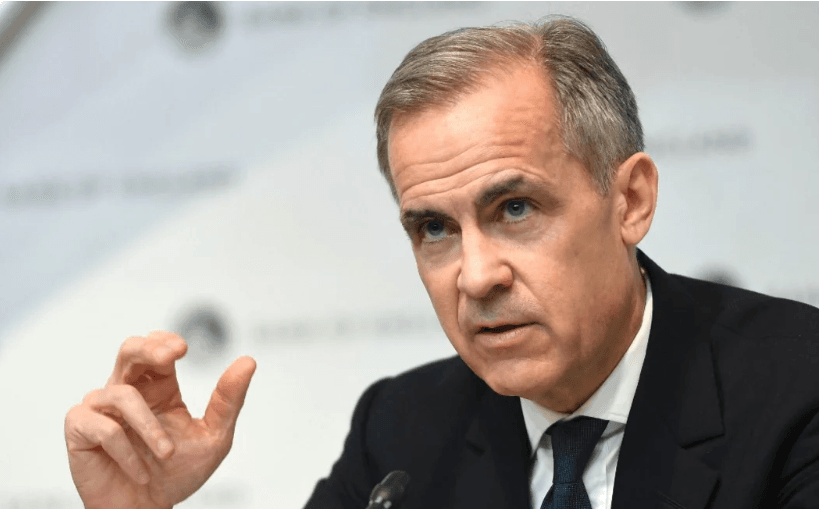

Canada’s New PM Mark Carney Calls Snap Election on April 28 Amid Political Shakeup and Economic Uncertainty
Canada’s newly appointed Prime Minister, Mark Carney, who assumed office following Justin Trudeau’s ouster, has announced a snap election set for April 28. The ruling Liberal Party of Canada will face off against its main rival, the Conservative Party of Canada, in a high-stakes political battle amid economic challenges and shifting trade policies.
PM Mark Carney Calls Snap Election to Strengthen Mandate Amid US Trade War and Trump’s Annexation Threats
Prime Minister Mark Carney stated that the decision to call a snap election is aimed at securing a stronger mandate for Canada’s government, as the current Liberal Party administration faces growing challenges. The move comes amid escalating trade tensions with the United States and repeated threats from President Donald Trump to annex Canada as the 51st state—an idea overwhelmingly rejected by Canadians.
“I have formally requested the Governor General to dissolve Parliament and call an election for April 28, and she has granted approval,” Prime Minister Mark Carney announced, referring to King Charles III’s representative in Canada, as part of the nation’s British Commonwealth framework.
During the unexpected announcement, Prime Minister Mark Carney declared, “Donald Trump wants to weaken us so the U.S. can take control. Canada will not allow that.” Emphasizing the seriousness of the threat, he stated that bold decisions are necessary to protect the nation’s sovereignty, and a stronger mandate is crucial to achieving that goal.
Mark Carney Takes Charge Amid Political Upheaval as Trudeau Steps Down
It has been just over a week since former Prime Minister Justin Trudeau resigned under intense pressure from both his own Liberal Party and the opposition, led by Conservative leader Pierre Poilievre. In a swift transition, Mark Carney was sworn in as Canada’s new Prime Minister, along with an entirely new cabinet, on March 14, marking a significant political shift in the country.
Liberal Party Faces Political Reckoning as Carney Seeks to Revive Support Amid Trump’s Takeover Threats
After a decade in power, the Liberal Party saw its popularity plummet under Justin Trudeau’s leadership, leading to his resignation. Now, newly appointed Prime Minister and party leader Mark Carney aims to rebuild public trust and rally national unity by capitalizing on a surge of patriotism sparked by President Trump’s annexation threats.
Trump’s Tariffs and Annexation Threats Dominate Canada’s Snap Election Agenda
President Donald Trump, who has repeatedly referred to Canada as the “51st state” and former Prime Minister Justin Trudeau as a mere “Governor,” has already imposed heavy tariffs that experts warn could have a severe impact on Canada’s economy.
As a result, traditional election issues like the cost of living, inflation, and immigration have taken a backseat. Instead, the key concerns dominating public discourse are Trump’s economic warfare, national sovereignty, and defending Canada’s independence.
Despite the political turmoil, Trump has made his stance clear: “I don’t care who wins up there,” asserting that he will move forward with his plans regardless of the election outcome.
On April 28, Canadians will vote to elect 343 members of Parliament to the House of Commons—an increase of five seats since the 2021 election, reflecting the country’s growing population.
Canada’s electoral system follows a first-past-the-post model, where multiple parties can contest in a given electoral district (riding), and the candidate with the most votes wins, even without an absolute majority.
A party needs 172 seats to form a majority government. If no party reaches that threshold, the one with the most seats must secure the confidence of the House to govern, potentially leading to a minority government or coalition negotiations.




